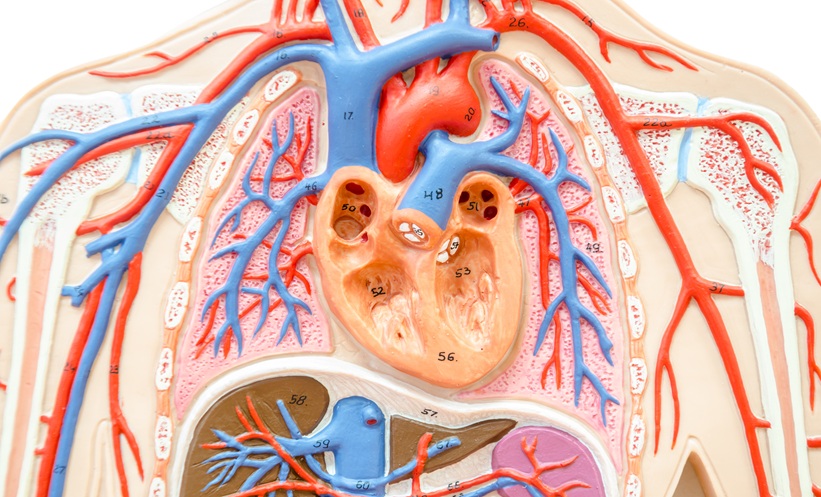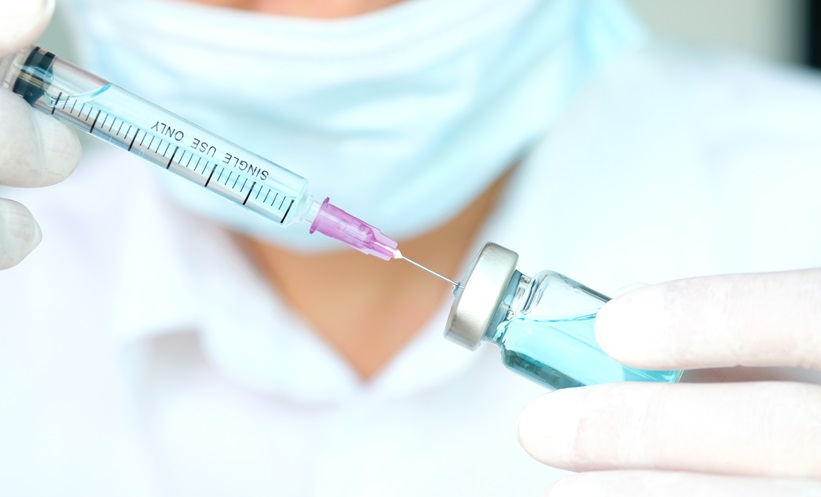STUDENT athletes monitored real-time images of their throat during strenuous exercise as part of a new therapeutic approach to exercise-induced laryngeal obstruction (EILO).
Prof Tod Olin and his team at the National Jewish Health hospital in Colorado, USA, designed the non-surgical method which involves EILO patients wearing a helmet with a camera attached. The camera is fed through the nose of the patient and stops just above the throat so that both the patient and the clinician receive video feedback of laryngeal aperture during strenuous physical activity. Prof Olin described the approach as therapeutic laryngoscopy during exercise (TLE) which also involves teaching the patient specific breathing techniques and helping them to have a better psychological understanding of their own behaviour during exercise. The method could be a valuable alternative for EILO patients that do not respond to conventional therapies, Dr Olin explained.
In a recent study, Prof Olin looked at EILO patient-reported outcomes of this approach by evaluating the feedback provided by 36 participants who underwent TLE at the National Jewish Health hospital. The average age of the participants was 17 years old and the majority were Caucasian females. Participants were at varying athletic levels but 19 (53%) were at a ‘varsity’, or competitive level. High-intensity interval training was used to trigger EILO while visual feedback of the throat was shown on a screen in front of the participant. A clinician was present to instruct the patient with specific techniques that were thought to be able to maximise laryngeal aperture during inhalation. In their own observations, the authors explained that the TLE procedure provided immediate feedback following attempts made by participants to respond to the verbal instructions given by the clinician. Seventy-five percent of the patients felt that their breathing during exercise after undergoing TLE had improved.
Procedural concerns were highlighted in the study and two TLE procedures were terminated due to discomfort and fatigue experienced by the participants. One procedure was also ended due to an episode of severe respiratory and emotional distress. In response to these episodes, the authors wrote: “Our data and anecdotal experience lead us to recommend considering this procedure only for patients of appropriate age that are highly motivated, independent of persuasion from parents and providers, and experientially aware of the expected exercise intensity.”
Jack Redden, Reporter







